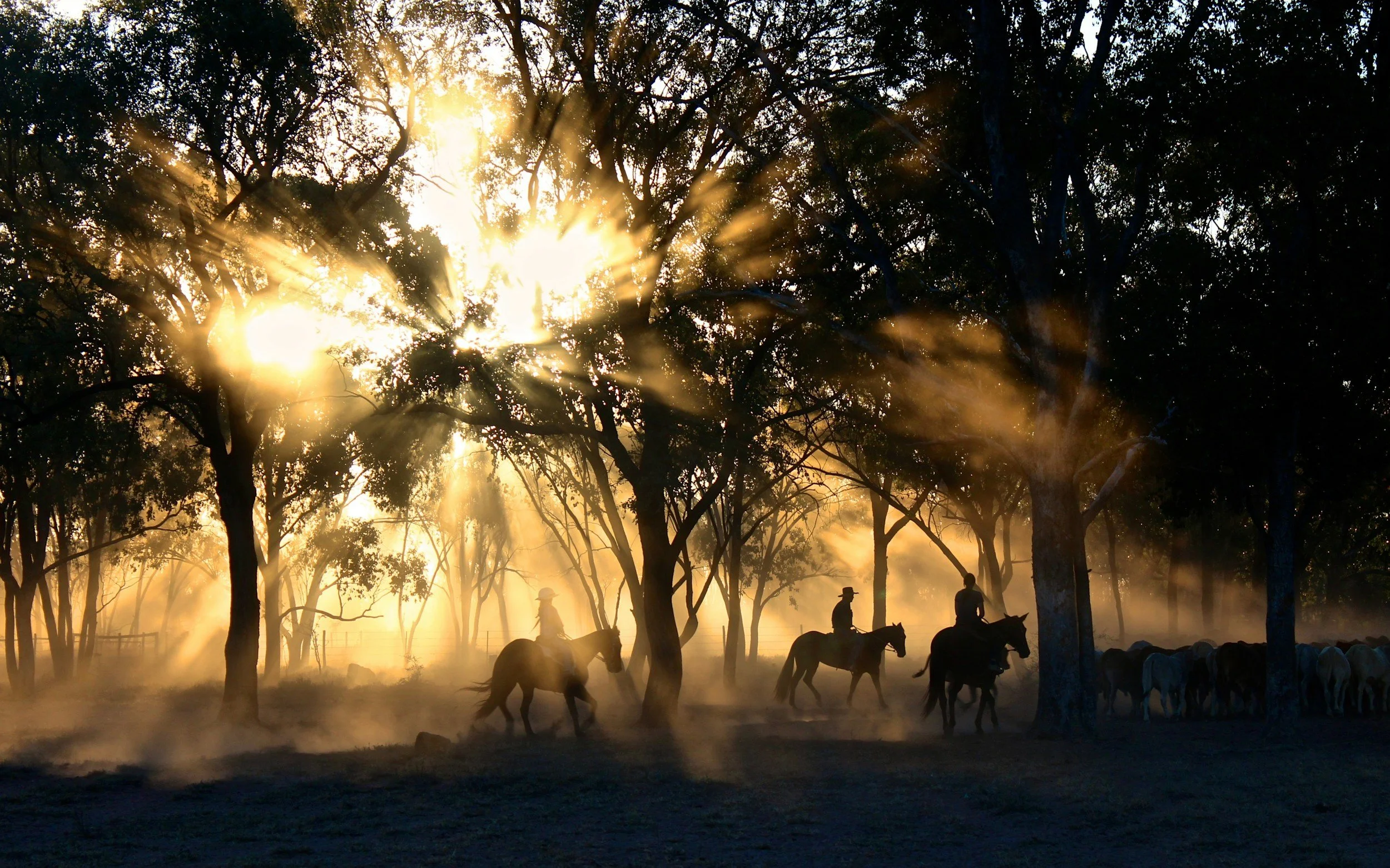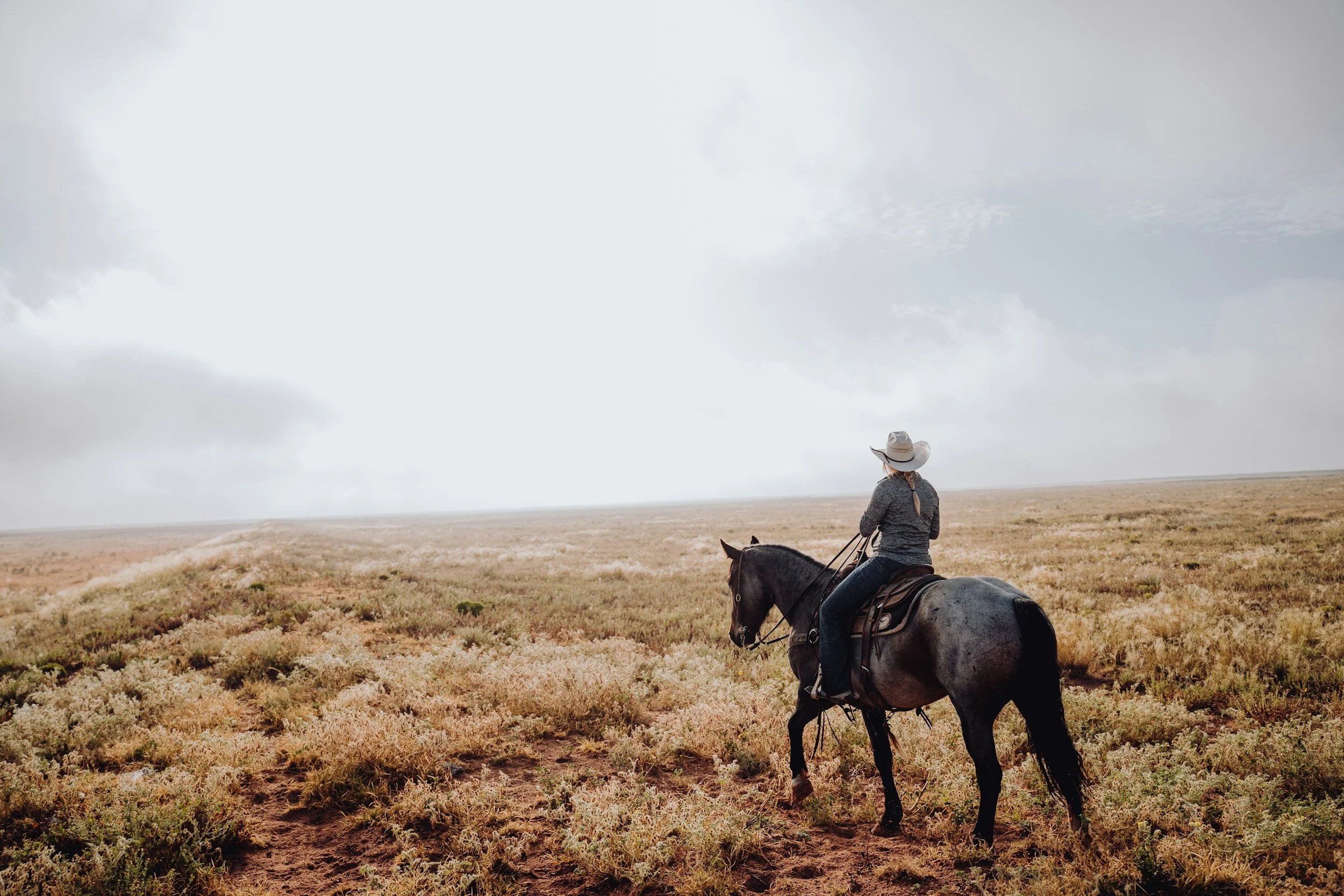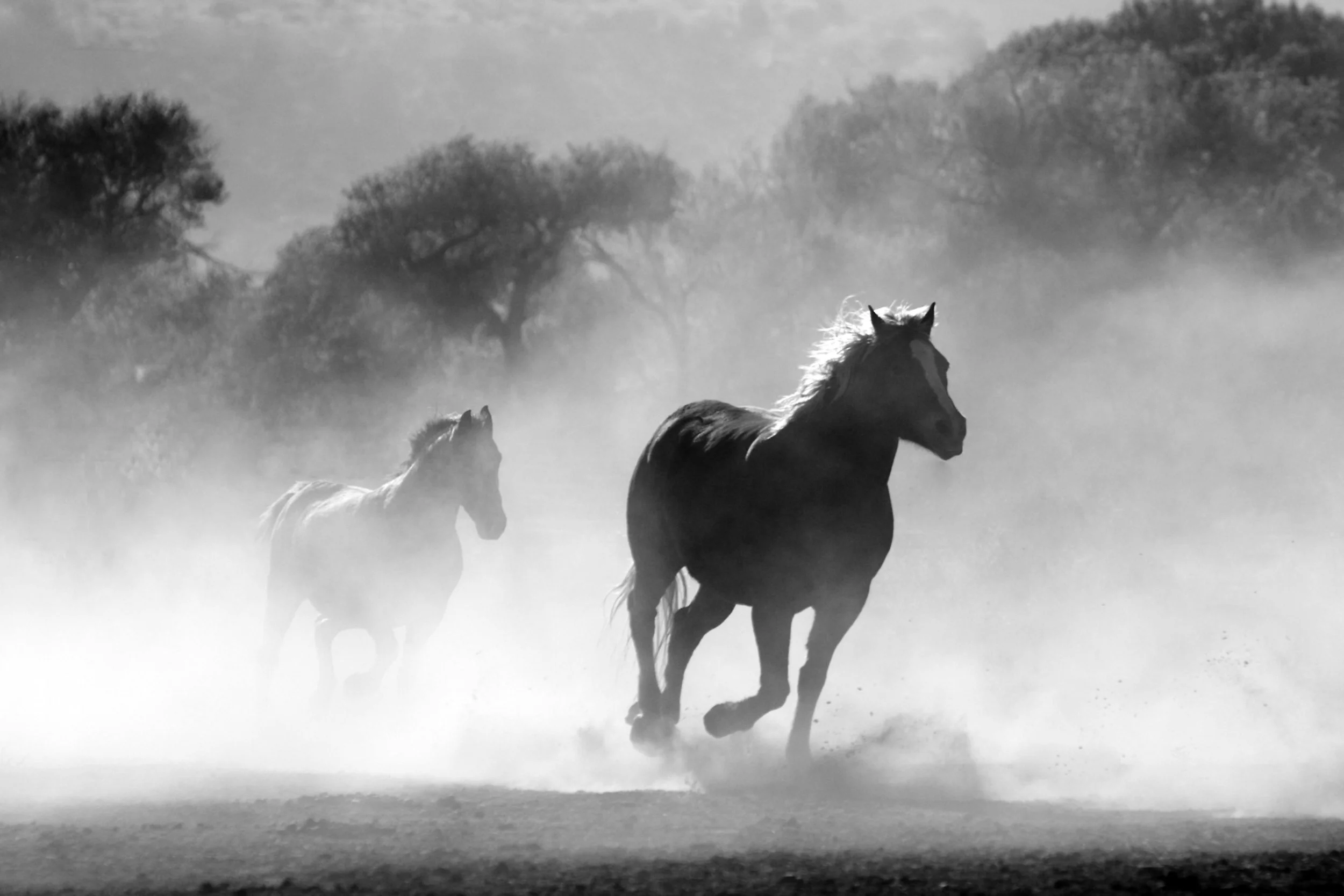How to Catch, Treat & Respect a Horse
“He aha te mea nui o te ao? He tāngata, he tāngata, he tāngata… me te hoiho.”
(What is the most important thing in the world? The people, the people, the people... and the horse.)
At Standfast, we believe horsemanship begins long before your foot hits the stirrup. It starts with how you show up. Horses aren’t like bikes you hop on — they’re living, breathing, intuitive beings with mana of their own. Respecting that is the first step to becoming a true horseperson.
How to Catch a Horse
(The Right Way)
Catching a horse isn’t about chasing it down or being the boss — it’s about inviting trust.
Approach quietly from the side, not straight on. Horses are prey animals, and a direct approach can feel threatening.
Watch their body language — ears, eyes, and tail all tell a story.
Use calm, open energy. If you’re tense or impatient, they’ll feel it instantly.
Offer your hand low and soft, letting them sniff or acknowledge you first.
Slip the halter on gently, moving with purpose but never force.
If they walk away — that’s okay. That’s feedback. Take a breath, try again, and be patient. The goal is partnership, not power.
How to Treat a Horse (With Care & Consistency)
Horses thrive on routine, kindness, and consistency. Like humans, they have moods, triggers, and boundaries.
Feed them well and regularly, with clean water always available.
Check their hooves daily — stones, cracks, or mud build-up can cause pain or infection.
Brush them before and after riding to build trust and check for injuries or irritations.
Talk to them — your voice helps them recognise and relax around you.
Be fair — don’t ask more than they’re ready for. Reward effort, not perfection.
How to Treat a Horse
With Care & Consistency
Horses thrive on routine, kindness, and consistency. Like humans, they have moods, triggers, and boundaries.
Feed them well and regularly, with clean water always available.
Check their hooves daily — stones, cracks, or mud build-up can cause pain or infection.
Brush them before and after riding to build trust and check for injuries or irritations.
Talk to them — your voice helps them recognise and relax around you.
Be fair — don’t ask more than they’re ready for. Reward effort, not perfection.
How to Respect a Horse (And Why It Matters)
Respecting a horse means acknowledging they’re not here to serve you — they’re here to work with you. True horsemanship is about listening just as much as leading.
Never hit, shout, or punish unfairly — this breaks trust fast.
Learn their signals — pinned ears, raised heads, swishing tails are all forms of communication.
Give them time to understand what you’re asking. Rushing creates confusion.
Stand your ground with love — horses respect calm leadership, not aggression.
When you respect a horse, you earn theirs in return. And once you’ve built that relationship, they’ll follow you anywhere — not because they have to, but because they trust you.
Manaakitanga Applies to Horses Too
Whether you’re new to horses or grew up riding, these basics are always worth revisiting. Every horse has something to teach — about presence, patience, and partnership. The more we slow down and listen, the better horsepeople we become.
So next time you head to the paddock — go with respect. Go with purpose. Go with aroha.





